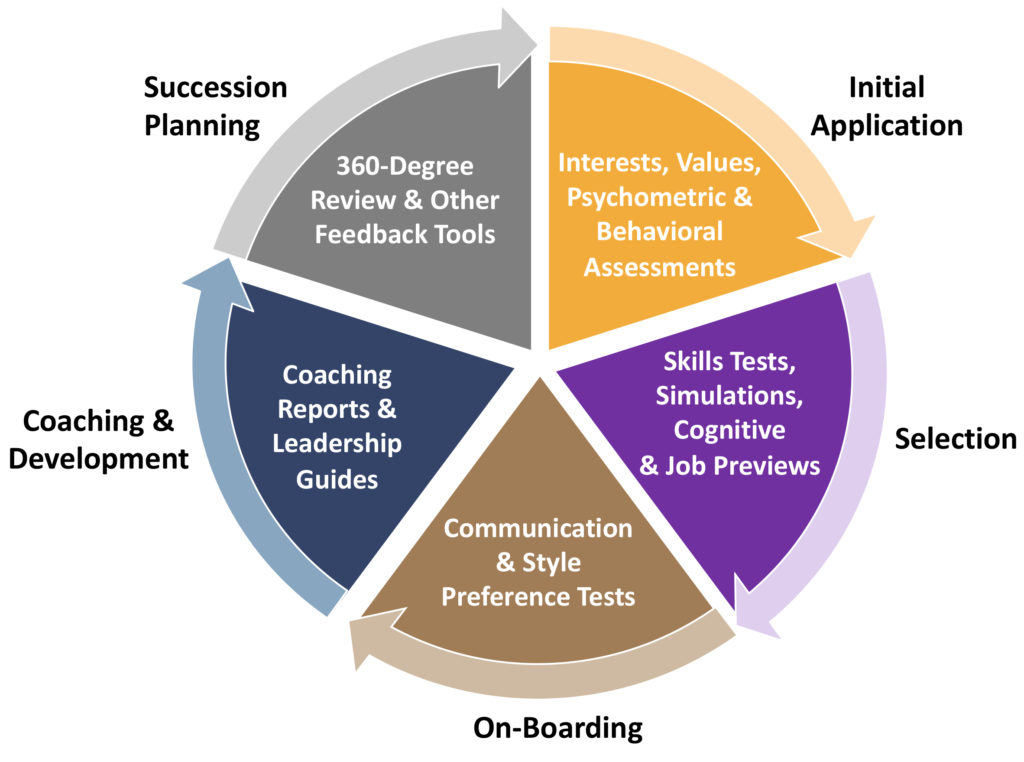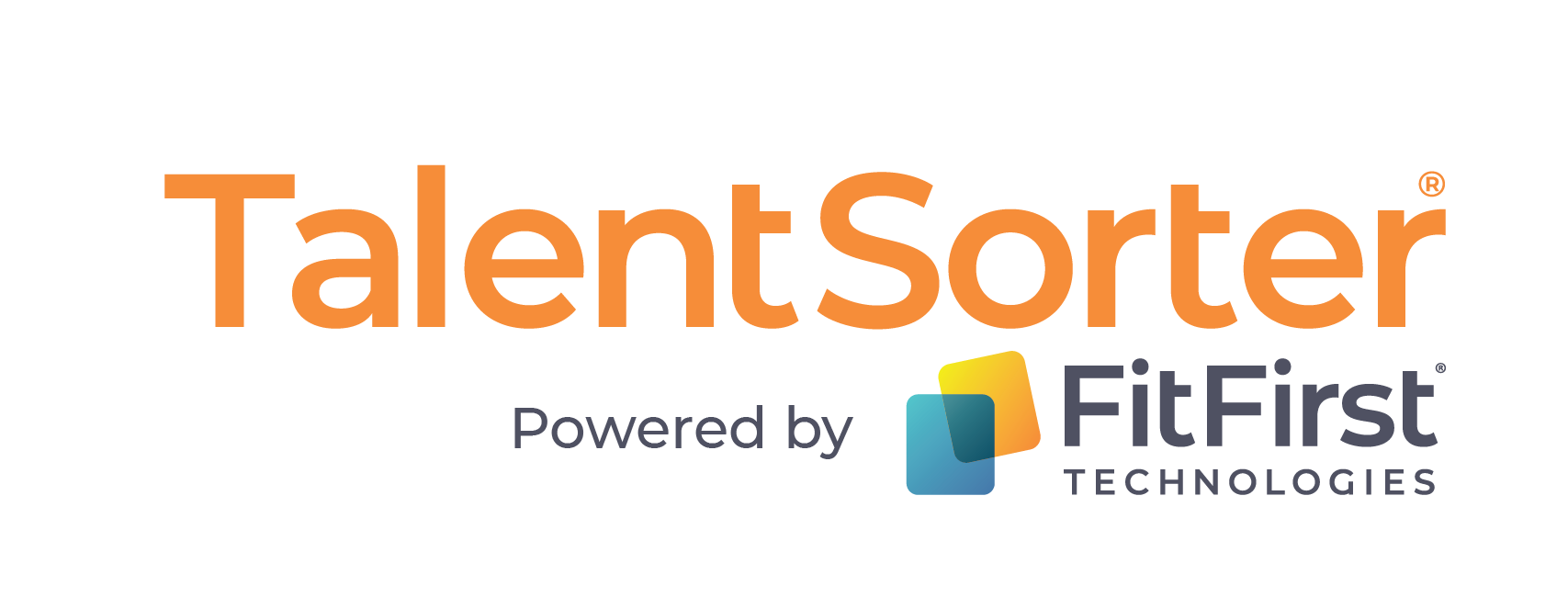Finding the RIGHT person for your business has never been more challenging. Over-reliance on the resume as a proxy for what someone brings to the table is risky. Where someone went to school, what they chose to study, how far they got, and what jobs they have held until now tell you nothing about who they are as an individual, what they are capable of and what their true potential is, and what they will add to your team or organization.
We know from experience that when people are matched with roles on the basis of their fundamental compatibility with the essence of the job itself, magic happens. Work suddenly gets done faster, better and with less effort.
When a person ‘fits’ with their manager, the job, the people they work with, and the organization, it builds energy, trust and connection. They can relax into being themselves, not pretending to be someone else. They can invest in the relationships that lead to great work.
Understanding the Marketplace
The term ‘assessments’ is used loosely today, to describe a wide array of instruments and products, that range from simple to complex:
Skills tests – designed to measure someone’s knowledge, accuracy or proficiency at a specific task. Generally speaking, these are things that can be learned… so an employer might decide they want to screen applicants for a clerical position, for their proficiency in Excel, or a programmer candidate for their coding skill, or a warehouse applicant for picking accuracy. Some employers will use these as a pass/fail; we recommend instead that if they are confident they have found a candidate who is a strong fit for the job and there’s a (manageable) gap in knowledge that could be addressed with a little training, that training is generally a really good investment.
Simulations – these are generally online tests where real-life situations and challenges are presented to candidates, as a way to see how they perform. An example would be a Customer Service candidate receiving realistic but simulated calls from customers and needing to manage the interactions to successful conclusions. As with skills tests, they may be used as pass-fail or as a training ‘gap analysis’.
Interests, values, and other questionnaires – these are designed to measure different aspects of a person’s attitudes and preferences. The data may be useful to the new manager in understanding how best to establish rapport and motivate the new employee.
Job Previews – these are often set up as ‘day in the life’ exercises where a shortlisted candidate is invited to spend a part or full day partnered with a ‘buddy’ in the role. This gives both the company and the individual a low-risk ‘test drive’ before an offer is signed.
Communication/Style preference tests – these come in many forms and many are easily recognized brands including Profiles Performance Indicator, DiSC, Myers-Briggs, True Colors, TTI, Predictive Index and others. These instruments are useful for understanding someone’s preferences – how they prefer to communicate with and interact with others. Results are often presented in a four-quadrant model and they are generally most useful to understand and improve team dynamics. These tools are NOT designed to be predictive of occupational success and they are sometimes misused.
Cognitive tests – can be used to measure problem solving, logic, and reasoning skills, and the ability to ‘think on one’s feet’ and deal with ambiguity. May be more relevant in relation to certain roles than others, and the results can be one reliable indication of ‘fit’.
Psychometric/behavioral assessments – are designed to measure someone’s ‘core’ behavioral traits; ‘who’ they are deep down, and how they naturally interact with the world including their standards, attitudes and behaviors that would be observable by others. These instruments are reliable predictors of job ‘fit’ and can be used very effectively in the applicant screening process.
360-degree review and other feedback instruments – are designed specifically for the purpose of collecting and presenting feedback from peers and others in a framework that deepens self-awareness and presents an opportunity for growth and leadership development.Each is well suited to a specific application, and like any tool should only be used for the application for which it was designed. In the same way as you’d never use a hammer to turn a screw, you’d never want to use a skills test or 4-quadrant personality style questionnaire to predict someone’s likelihood of fit in a specific role – you’d be getting perfectly good information, but for an application it was never designed for, and for which it may not be valid.
Assessments in the Context of the Lifecycle of an Employee
Different assessment tools help support different stages in the lifecycle of an employee from when they’ve been hired to when they retire.

- The first stage is the initial assessment and selection of a potential employee – this is where behavioural assessments are used most effectively.
- Behavioural assessments are also useful after an individual has been hired. Coaching reports and leadership guides help support the on boarding as well as the ongoing coaching and development.
- Certain products can also be very effective when looking to do succession planning, or restructuring. You can easily ‘project’ an individual to any other position in your organization chart of jobs.

